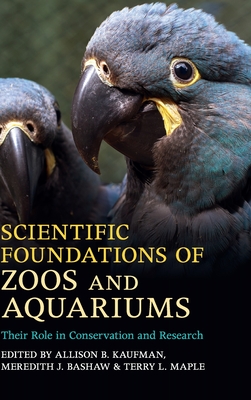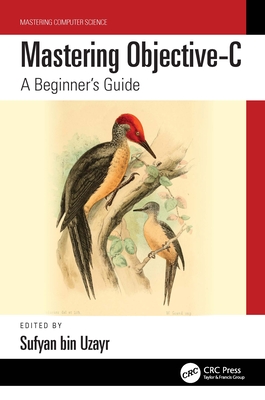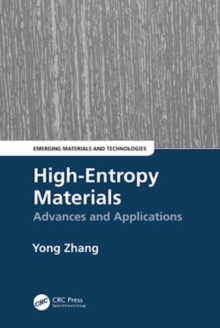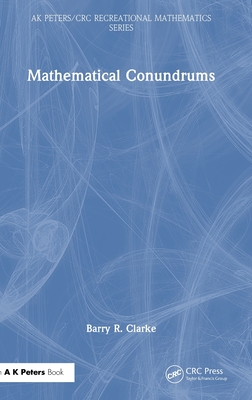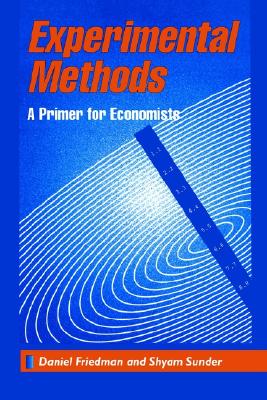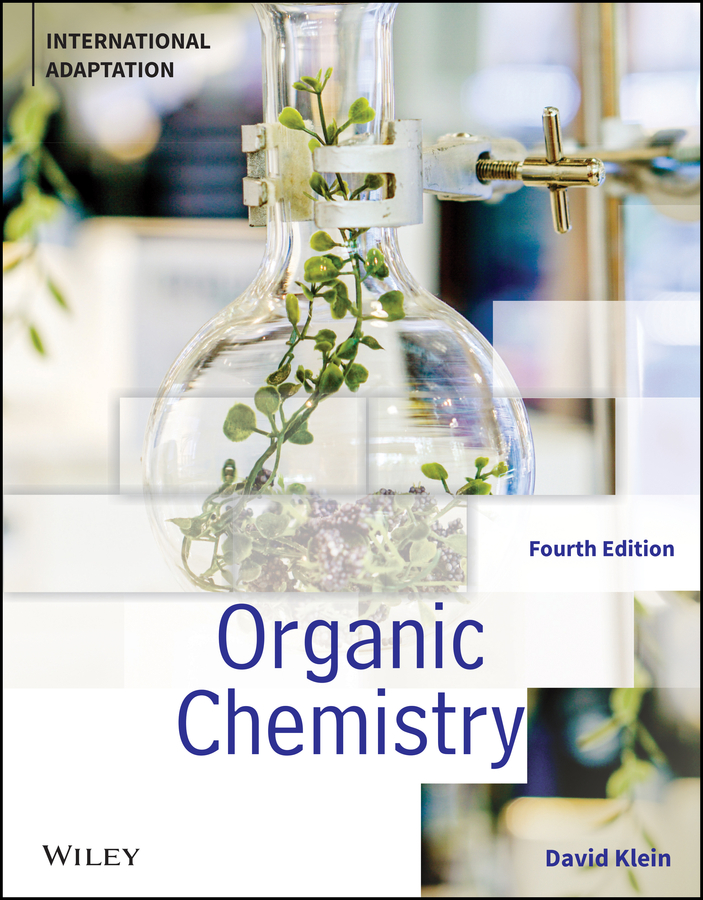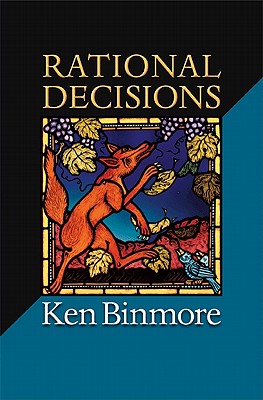图书简介
In the modern era, zoos and aquariums fight species extinction, educate communities, and advance learning of animal behaviour. This book features first person stories and scientific reviews to explore ground breaking projects run by these institutions. Large-scale conservation initiatives that benefit multiple species are detailed in the first section, including critical habitat protection, evidence-based techniques to grow animal populations and the design of community education projects. The second section documents how zoos use science to improve the health and welfare of animals in captivity and make difficult management decisions. The section on saving species includes personal tales of efforts to preserve wild populations through rehabilitation, captive breeding, reintroduction, and public outreach. The concluding section details scientific discoveries about animals that would have been impossible without the support of zoos and aquariums. The book is for animal scientists, zoo professionals, educators and researchers worldwide, as well as students of zookeeping and conservation.
Introduction Michael Hutchins, Robert J. Wiese and Brandie Smith; Part I. Programs and Initiatives: 1. Evolving approaches to zoo-based conservation Corinne J. Kendall and Richard A. Bergl; 2. Protecting an underwater rainforest: freshwater science in the Southeastern United States Anna L. George, Joshua R. Ennen and Bernard R. Kuhajda; 3. Headstarting as a conservation strategy for threatened and endangered species Patrick Thomas, Donal M. Boyer, David A. Oehler, Scott Silver and Lou Perrotti; 4. Strategic gene banking for conservation: the ins and outs of a living bank Rebecca J. Hobbs, Justine K. O?Brien and Rebecca E. Spindler; 5. The environmental education program at S鉶 Paulo Zoo (Brazil): perspectives and experiences for wildlife conservation K醫ia Gisele de Oliveira Rancura, Camila Martins and Jo鉶 Batista da Cruz; 6. Conservation and education through dolphin research and eco-tourism Kathleen Dudzinski and Mary Ellen Mateleska; Part II. Captive Care and Management: 7. Lear磗 macaw, Anodorhynchus leari, ex situ breeding program at S鉶 Paulo Zoo Fernanda Junqueira Vaz Guida, Regiane Vieira de Paiva Morais and Ang閘ica Midori Sugieda; 8. Measuring welfare through behavioral observation and adjusting it with dynamic environments Jason V. Watters, Bethany L. Krebs and Eridia Pacheco; 9. Empowering zoo animals Stephanie M. Allard and Meredith J. Bashaw; 10. Transforming the nutrition of zoo primates (or how we became known as Loris Man and that Evil Banana Woman) Amy Plowman and Francis Cabana; 11. Tough questions, complex answers: American zookeeper responses in a nationwide survey about culling David M. Powell and Matt Ardaiolo; Part III. Saving Species: 12. Fly away home: a collaborative program to return rehabilitated black cockatoos to the wild in Western Australia Anna Le Sou雈, Simone Vitali, Rick Dawson, Jill M. Shephard and Kristin S. Warren; 13. Back into European wildlife: the reintroduction of the northern bald ibis (Geronticus eremita) Johannes Fritz, Markus Uns鰈d and Bernhard V鰈kl; 14. The thin green line: medical considerations in fighting extinction of the Houston toad Lauren L. Howard and Paul S. Crump; 15. Condor conservation comes home to roost: the Santa Barbara Zoo?s story Estelle A. Sandhaus and Rich Block; 16. Saving the black-footed ferret from extinction: in theory and practice Rachel Santymire; Part IV. Basic Research: 17. ?Largest breeding colony outside of Australia?: linking koala ex situ and in situ research Jennifer R. Tobey; 18. Comparative cognition research in zoos Bonnie M. Perdue; 19. Learning about dolphins: an era of discovery in managed care Holli C. Eskelinen, Jill L. Richardson and Kelley A. Winship; 20. Contributions of zoo-based reproductive research to marine animal conservation Justine K. O?Brien, Karen J. Steinman, Gisele A. Montano and Todd R. Robeck; 21. Studying play in zoos and aquariums Sabrina I. C. A. Brando and Gordon M. Burghardt; 22. Krogh?s principle and why the modern zoo is important to academic research Joseph R. Mendelson, III, Gordon W. Schuett and Dwight P. Lawson; 23. Does research have a place in the zoological garden? Terry L. Maple and Sally L. Sherwen; 24. Conclusion: cultivating science in world zoos and aquariums Meredith J. Bashaw and Terry L. Maple.
Trade Policy 买家须知
- 关于产品:
- ● 正版保障:本网站隶属于中国国际图书贸易集团公司,确保所有图书都是100%正版。
- ● 环保纸张:进口图书大多使用的都是环保轻型张,颜色偏黄,重量比较轻。
- ● 毛边版:即书翻页的地方,故意做成了参差不齐的样子,一般为精装版,更具收藏价值。
关于退换货:- 由于预订产品的特殊性,采购订单正式发订后,买方不得无故取消全部或部分产品的订购。
- 由于进口图书的特殊性,发生以下情况的,请直接拒收货物,由快递返回:
- ● 外包装破损/发错货/少发货/图书外观破损/图书配件不全(例如:光盘等)
并请在工作日通过电话400-008-1110联系我们。
- 签收后,如发生以下情况,请在签收后的5个工作日内联系客服办理退换货:
- ● 缺页/错页/错印/脱线
关于发货时间:- 一般情况下:
- ●【现货】 下单后48小时内由北京(库房)发出快递。
- ●【预订】【预售】下单后国外发货,到货时间预计5-8周左右,店铺默认中通快递,如需顺丰快递邮费到付。
- ● 需要开具发票的客户,发货时间可能在上述基础上再延后1-2个工作日(紧急发票需求,请联系010-68433105/3213);
- ● 如遇其他特殊原因,对发货时间有影响的,我们会第一时间在网站公告,敬请留意。
关于到货时间:- 由于进口图书入境入库后,都是委托第三方快递发货,所以我们只能保证在规定时间内发出,但无法为您保证确切的到货时间。
- ● 主要城市一般2-4天
- ● 偏远地区一般4-7天
关于接听咨询电话的时间:- 010-68433105/3213正常接听咨询电话的时间为:周一至周五上午8:30~下午5:00,周六、日及法定节假日休息,将无法接听来电,敬请谅解。
- 其它时间您也可以通过邮件联系我们:customer@readgo.cn,工作日会优先处理。
关于快递:- ● 已付款订单:主要由中通、宅急送负责派送,订单进度查询请拨打010-68433105/3213。
本书暂无推荐
本书暂无推荐
